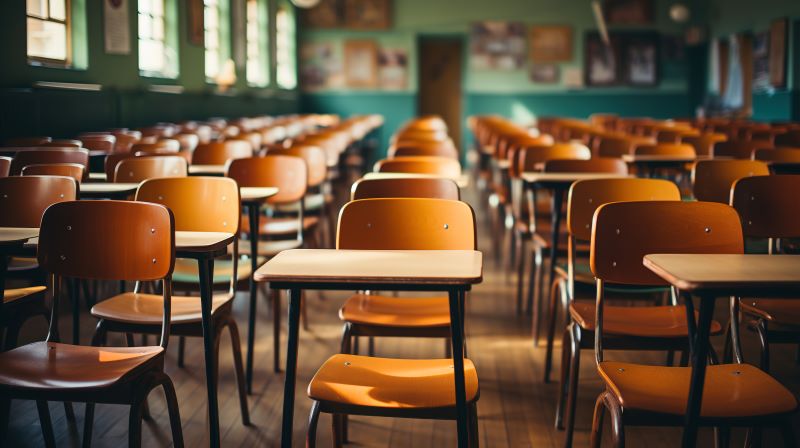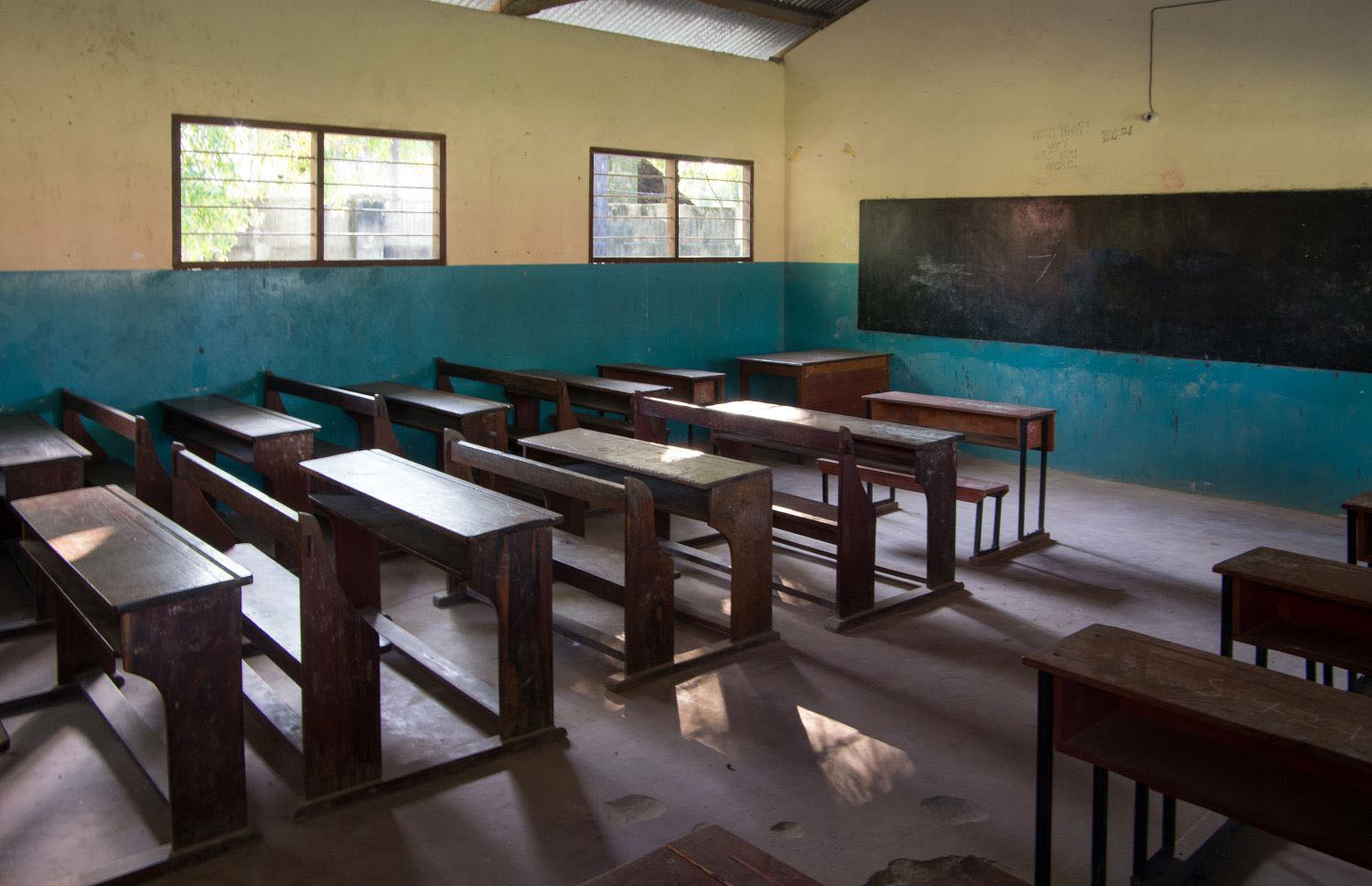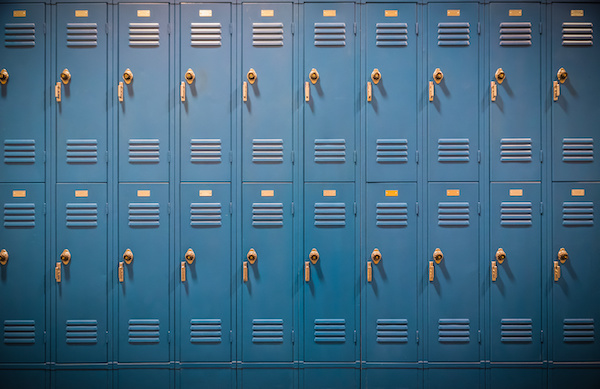Recommended

WORKING PAPERS
Schools play many roles in society, but most people believe that they should at least help children to master fundamental skills—like literacy and numeracy—and make sure that children are safe in their care. Unfortunately, far too often, children are neither safe, nor learning. Many children experience sexual, psychological, and physical violence at schools. While we don’t have consistent, global data on the number of children affected, the data we do have point to a serious problem. More than one in three children report being victims of physical attacks in school across a sample of Sub-Saharan African countries; two in five report psychological bullying in Central America; and more than one in ten students in Senegal and Zambia report sexual harassment at school over just a four week period.
We suggest that addressing violence in schools—because it is bad, in and of itself—should be a first order priority for the education sector. But school violence also impedes learning, and if we don’t take those effects into account, we may be underselling just how important it is for schools to be safe. In this post, we discuss the latest evidence, which shows the adverse impact of violence in schools on children’s learning.
The impact of school violence on learning outcomes is a tough question to answer.
Measuring the impact of violence on learning outcomes is a challenge for several reasons:
-
Schools that are more engaged in curbing violence may be more likely to report it (and so the data may suggest that they have higher rates of violence). In Peru, training school leaders to better manage violence in schools led to a doubling in reported violence! The evidence suggests that this isn’t because violence increased, but rather because reporting increased. This could lead to a perverse scenario where reported violence has a positive association with learning outcomes even if actual violence has an adverse impact. Similarly, if a predatory teacher gives good grades in exchange for sex, that could create an apparent positive association between sexual violence and one measure of learning outcomes.
-
More generally, violence and poor learning outcomes may both be affected by other factors. For example, a predatory teacher who offers students better grades in exchange for sex might also be ineffective in the classroom. If we find that students of that teacher tend to perform poorly, the correlation might be driven only partly by the experience of violence, and partly by the teachers’ poor teaching skills.
-
Students may be targeted for violence because of poor performance. Peers might bully students who can’t read, or teachers might exert more violent physical discipline on students who struggle with math. In that case, poor learning might be “causing” the violence rather than the other way around. (We put “causing” in quotation marks because of course poor performance isn’t a justification for violence, and the children who experience violence have not done anything wrong.)
In other areas of education, researchers often overcome these challenges with randomized experiments or quasi-experimental trials. Thankfully, no one is randomizing children’s experience of violence, and identifying natural experiments in this space has proven challenging to date (in countries at all income levels).
One solution would be to use a randomized controlled trial to reduce school violence and see how that impacts learning outcomes; but interventions to reduce school violence have been mostly small in scale so far, often having a large enough sample to see the impact on violence but not large enough (and potentially not long-term enough) to see the follow-on impact on learning outcomes. For example, a whole school intervention to reduce violence in Ugandan schools succeeded at that, but with only 150 total schools in the sample, estimates of student learning had very wide confidence intervals, including both positive and negative possible outcomes. In some cases, like this study in Pakistan, the measures of learning are weak (e.g., asking kids to rate how they’re doing in school) so a lack of measured impact is unsurprising. There are a few exceptional studies that do allow us to see the impact of violence reductions on learning, which we’ll discuss below.
In the absence of experiments or quasi-experiments, studies seek to control for differences between students or between schools and examine the remaining impact of school violence on learning. We went through two dozen studies on the topic in low- and middle-income countries, and this is what we learned.
The evidence overwhelmingly suggests that corporal punishment and bullying harm learning outcomes
First, corporal punishment is consistently associated with poorer student learning outcomes. This runs counter to the intuition of many parents and educators, who have defended the use of corporal punishment to maintain discipline in schools. In India, corporal punishment from teachers had enduring negative impacts on English and math scores. Another study in India confirmed those impacts and showed that they were worst for the most vulnerable (low caste) students. Evidence from Jamaica, Pakistan, Ethiopia, India, Peru, and Vietnam all show a negative association between corporal punishment and student learning outcomes. Studies from Malawi and Uganda have more mixed results; remember what we mentioned earlier about the challenge of measuring this. The fact that the overwhelming majority of studies show adverse relationships—using different data and controlling for different variables—point to a clear pattern.
We also have evidence that if you reduce corporal punishment, learning outcomes can rise. A classroom management training program in Jamaica, evaluated via a randomized controlled trial (and so overcoming some of the challenges mentioned earlier), reduced teachers’ use of corporal punishment and subsequently improved children’s language and self-regulation skills.
Second, bullying is bad for learning outcomes. Several multi-country studies in Latin America, using different data, all show adverse associations between bullying and students’ reading and math scores. Evidence from Botswana, Ghana, and South Africa back this up. (Another Ghana study also finds an adverse impact but finds that having a woman teacher mitigates those negative impacts.)
As with corporal punishment, reducing bullying can boost learning outcomes. Efforts to reduce bullying in schools in Peru—by making students aware of bullying’s adverse impacts and making it easier for students to report bullying—showed positive, significant impacts on test scores in reading, math, and other subjects for students who had experienced bullying in the past.
Other studies—in Tanzania and Rwanda, albeit not Zambia—show adverse associations between learning outcomes and more general measures of school-related violence (e.g., teachers or students report feeling unsafe at school).
We know sexual violence is bad. We don’t know enough about its impact on learning
We know that sexual violence is not infrequent, but few studies have examined the academic impacts. In Malawi, boys who experienced sexual violence in school had worse reading outcomes the next year; girls had worse numeracy outcomes.
We need to learn more about these dynamics so that we can design the best interventions to help children, while keeping kids safe during the learning process. But our need to continue to learn doesn’t mean we should wait to take action.
Violence has a negative effect on school attendance
There are other studies that examine the impact on non-learning educational outcomes, like school attendance. While attendance certainly doesn’t guarantee learning, it’s difficult to learn if you’re not attending. A study among adolescents in refugee settlements in Rwanda and Uganda found that, after adjusting for levels of income, children exposed to school violence were more likely to miss days of school. Likewise, bullying was associated with more school absences in Ghana, Pakistan, and Swaziland.
Prioritize curbing violence for lots of reasons: improving learning outcomes is one of them
Despite the challenges we describe to measuring the impact of school violence on learning outcomes—and the need for more research to understand that relationship—the vast majority of evidence that we have suggests that violence in school hurts learning outcomes, whether that violence is bullying from peers, corporal punishment from teachers, or sexual violence. The fact that child safety is not only a human right but also delivers benefits to learning (as well as to indicators of long-term child well-being) means that a wider group of stakeholders should want to prioritize the curbing of violence in schools.
Many thanks to Amina Mendez Acosta for crucial research assistance on this post and to Line Baago-Rasmussen, Deon Filmer, Halsey Rogers, and Sameer Sampat for feedback. A shorter version of this post appears on the World Bank’s Let’s Talk Development blog.
Disclaimer
CGD blog posts reflect the views of the authors, drawing on prior research and experience in their areas of expertise. CGD is a nonpartisan, independent organization and does not take institutional positions.
Image credit for social media/web: Simon / Adobe Stock







